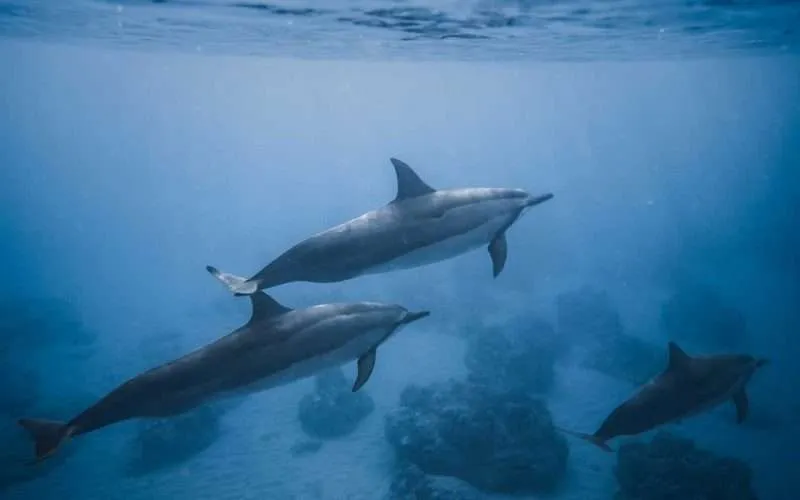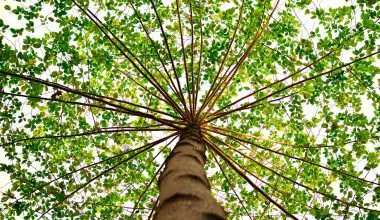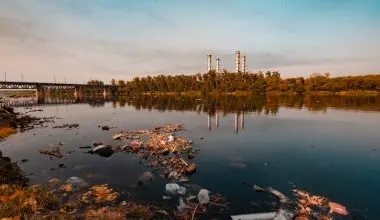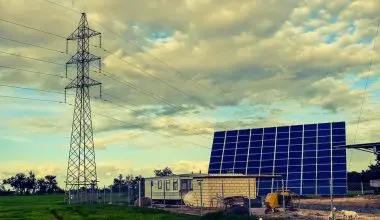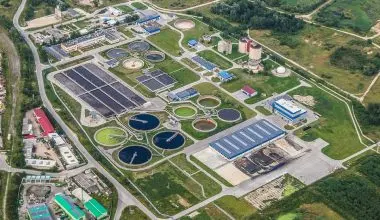Table of Contents Show
Though you cannot put a price on all the ways the natural world improves our lives, there are countless noticeable advantages to existing in a world with healthy and resilient ecosystems. We have better economies, various food products, and developments in medical research because of wildlife and natural ecosystems.
The worth of nature to people has long been acknowledged, but recently, the idea of ecosystem services has been advanced to define these countless benefits.
An ecosystem service is any constructive advantage that wildlife or ecosystems make available to people. The advantages can be direct or indirect—small or large.
What are Ecosystem Services?
The term “environmental services” was first observed in a 1970 study of the Study of Critical Environmental Problems, which recorded services comprising climate regulation fisheries, insect pollination, and flood control. In subsequent years, different terms were used, but ultimately ‘ecosystem services’ came to be the custom in scientific literature.
Ecosystem services are the various and diverse advantages to humans supplied by the natural environment and from blooming ecosystems. Such ecosystems consist of, aquatic ecosystems, grassland ecosystems forest ecosystems, and agroecosystems.
These ecosystems, working in healthy relationship, provide services like clean air, extreme weather alleviation, natural pollination of crops, human mental and physical health.
Together, these advantages are known as ‘ecosystem services’, and are time and again important to the provision of the decomposition of wastes, clean drinking water, and resilience and efficiency of food ecosystems.
While conservationists and experts have discoursed ecosystem services indirectly for decades, The Millennium Ecosystem Assessment (MA), a big UN-sponsored mission to study the influence of human actions on ecosystems and human well-being in the early 2000s promoted this concept.
There, ecosystem services are assembled into four comprehensive categories: provisioning – production of food and water; regulating – the control of climate and disease; supporting – nutrient cycles and oxygen production; and cultural – spiritual and recreational benefits.
To enlighten decision-makers, a lot of ecosystem services are being valuated so as to draw comparable assessments to human engineered infrastructure and services.
Types of Ecosystem Services

The Millennium Ecosystem Assessment (MA) recognized four main types of ecosystem services: provisioning, regulating, cultural and supporting services.
Provisioning Services:
When people are probed to ascertain a service provided by nature, many think of food. Fruits, vegetables, plants, livestock and fish, are provided to us as direct products of ecosystems.
A provisioning service is any kind of advantage to people that is rooted from nature.
Besides food, added kinds of provisioning services consist of drinking water, wood, wood fuel, natural gas, oils, plants that are turned into garments and other materials, and pharmaceutical purposes.
Regulating Services:
Ecosystems offer many of the fundamental services that make the lives we live conceivable. Plants purify the air and clean water, bacteria break down wastes, bees pollinate flowers, and tree roots clutch soil in place to avoid erosion.
All these processes function as a collective to make ecosystems unpolluted, sustainable, efficient, and resistant to change. A regulating service is the advantage made available by ecosystem processes that regulate natural phenomena.
Regulating services comprise of decomposition, water decontamination, pollination, flood control and erosion, as well as climate control and carbon storage.
Cultural Services:
As we work with and change nature, the natural world has in turn changed us. It has directed our cultural, intellectual, and social progress by being a continuous force in our lives.
The significance of ecosystems to the humans experience can be traced to the creation of mankind with prehistoric nations sketching pictures of animals, plants, and weather trends on cave walls.
A cultural service is an intangible advantage that adds to the growth and cultural development of people, counting how ecosystems play a part in local, national, and global cultures; the expansion of knowledge and the diffusion of philosophies; ingenuity born from interactions with nature (art, music, architecture,); and recreation.
Supporting Services:
The natural world offers a lot of services, now and then the most important go unnoticed. Ecosystems themselves couldn’t be continued shorn of the reliability of basic natural processes, for example water cycle, photosynthesis, the creation of soils, and the nutrient cycling.
These processes let the Earth support basic life forms, besides entire ecosystems and the human race.
Importance of Ecosystem Services
1. Unlimited Advantages
Comprehending nature in monetary terms, while not seamless, lets us put everything into the same comparison unit. Regardless of nature being such an essential factor of man’s existence, it is occasionally an afterthought in economy nowadays.
Nature and money are frequently on contending terms, so environmental economists have attempted to bridge this gap by assigning a fiscal value on the advantages nature provides.
Understanding nature in a way that relates to decision makers can support encouragement of prospective conservation efforts. It places nature into the cost-benefit analysis in a way that can be understood without difficulty.
2. The Foundation for Sustainable Development
Ecosystem Services help assess the real cost of industrial growth. Repeatedly, the effect industrial growth has on the economy and employment outshines the cost it will have on nearby forests, principle species, lakes, and so on. Allocating a dollar value to these forests and lakes, and the ecosystem services they dispense, benefits the adjustment of the cost benefit equation by assessing the undesirable impacts industrial growth will have on the natural environment.
Corporations have correspondingly begun to use ecosystem services in conservation counterbalance planning. Sustainable development benefits the conservation of a strong economy while also guarding the ecological process for future generations.
3. Essential for Our Survival
As a society, we rely on thriving ecosystems to do many things; to clean the air so we can breathe well, stock away carbon for climate control, cycle nutrients so we have convenience of clean drinking water without expensive infrastructure, and pollinate our crops so we don’t starve.
As the human population carries on growing, so does our reliance on prosperous ecosystems to deliver the requirements crucial to our continued existence.
Estuarine and Coastal Ecosystem Services
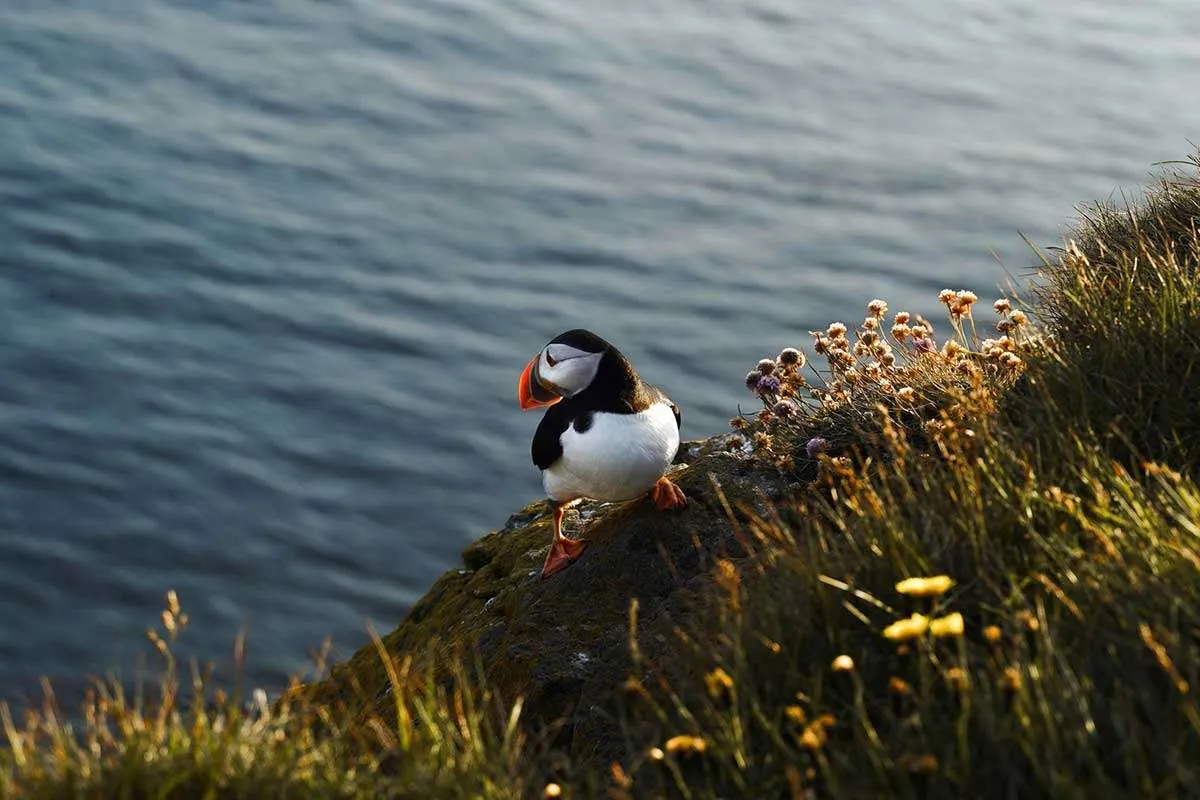
Estuarine and coastal ecosystems are both marine ecosystems.
An estuary is described as the part where a river encounters the sea or the ocean. The waters nearby this area are mainly briny or salty waters; and the inbound river water is vigorously motioned by the tide. An estuary area can be covered by reeds (or similar vegetation) and/or sandbanks.
A coastal ecosystem exists in places where the ocean or sea waters meet the coast.
Regulating Services
Climate Regulation
Biotic and abiotic are the two important aspects in charge of affecting the ecosystem. The biotic factors denote all the living beings existing in an ecosystem, whilst the abiotic factors denote all the non-living elements.
Biotic and abiotic groups of marine ecosystems both play a part in climate regulation. They absorb big amounts of CO2 and additional greenhouse gases. Marine plants also use CO2 for photosynthesis and benefit in decreasing the CO2 in the atmosphere.
The oceans and seas take in the heat from the atmosphere and redeploy it through the help of water currents, and atmospheric processes. The ocean temperatures are therefore important to the balance of the atmospheric temperatures anywhere in the world.
Waste Treatment and Disease Regulation.
An additional service provided by marine ecosystem is the handling of wastes, consequently assisting in the regulation of diseases.
Wastes can be weakened and decontaminated through movement across marine ecosystems; impurities are withdrawn from the environment and stored, suppressed or reprocessed in marine ecosystems with the help of microorganisms that clean water, decrease the impacts of eutrophication, and disintegrate toxic hydrocarbons.
This keeps diseases in check and lessens chances of toxics in seafood.
Buffer Zones
Estuarine and coastal ecosystems function as buffer zones against natural calamities and environmental instabilities, like floods, hurricanes, tidal surges and storms.
The role they play is to take up a share of the effect and so reduce its consequence on the land. Wetlands (which consist of marshes, swamps and the plant life it maintains hold huge quantities of water and then gradually releases them back, lessening the chances of floods.
Mangrove forests defend coastal shorelines from erosion caused by tides or by currents.
Provisioning Services
Forest Products
Forests are a source of a huge diversity of wood products. In addition to wood as a resource, forestry activities can too result in products that go through little processing, like fire wood, wood chips, charcoal.
Forests further bestow non-wood forest products, such as fodder, fragrant and healing plants, and wild foods.
Globally, nearly 1 billion people rely to some degree on wild foods like wild meat, eatable insects, comestible plant products, mushrooms and fish, which usually have high amounts of important micronutrients.
Marine Products
Marine ecosystems supply people with: fresh water, fiber & fuel, wild & cultured seafood, and biochemical & genetic resources.
People use a huge amount of products sourced from the seas, be it as a healthy product or for other purposes.
Fish and other marine products fit for consumption – mostly fish, crustaceans, seaweeds and roe – constitute for inhabitants along the coast the central aspects of the local and cultural diets, customs and norms. A relevant example would be the national food of Japan, sushi.
Fresh Water
Bodies of water that are not exceedingly concentrated in salts are considered ‘fresh water’ bodies.
Fresh water can exist in lakes, rivers and streams, however it is mostly found in frozen or buried deep underground or as soil moisture. Fresh water is not only vital for the existence of humans, but for the lasting of all the prevailing species of plants, animals too.
Raw Materials
Marine contents arrange for us the raw materials necessary for the production of garments, building materials, decorative items and personal-use goods.
People depend on processes within marine environments as a source of renewable energy: via tidal power for the running of a turbine, for instance. Oceans and seas are further used as locations for offshore wind farms, offshore oil and gas installations.
Biochemical and Genetic Resources
Biochemical resources are composites found in marine organisms for use in medications, drugs, cosmetics and other biochemical goods.
Genetic resources are the genetic data established in marine organisms that would later come in use for plant and animal breeding, as well as other scientific developments in the biological field.
These resources are either directly extracted from an organism – like fish oil to obtain omega3 for example –, or applied as a blueprint for groundbreaking man-made inventions like fiber optics built upon studying the attributes of sponges.
Cultural Services
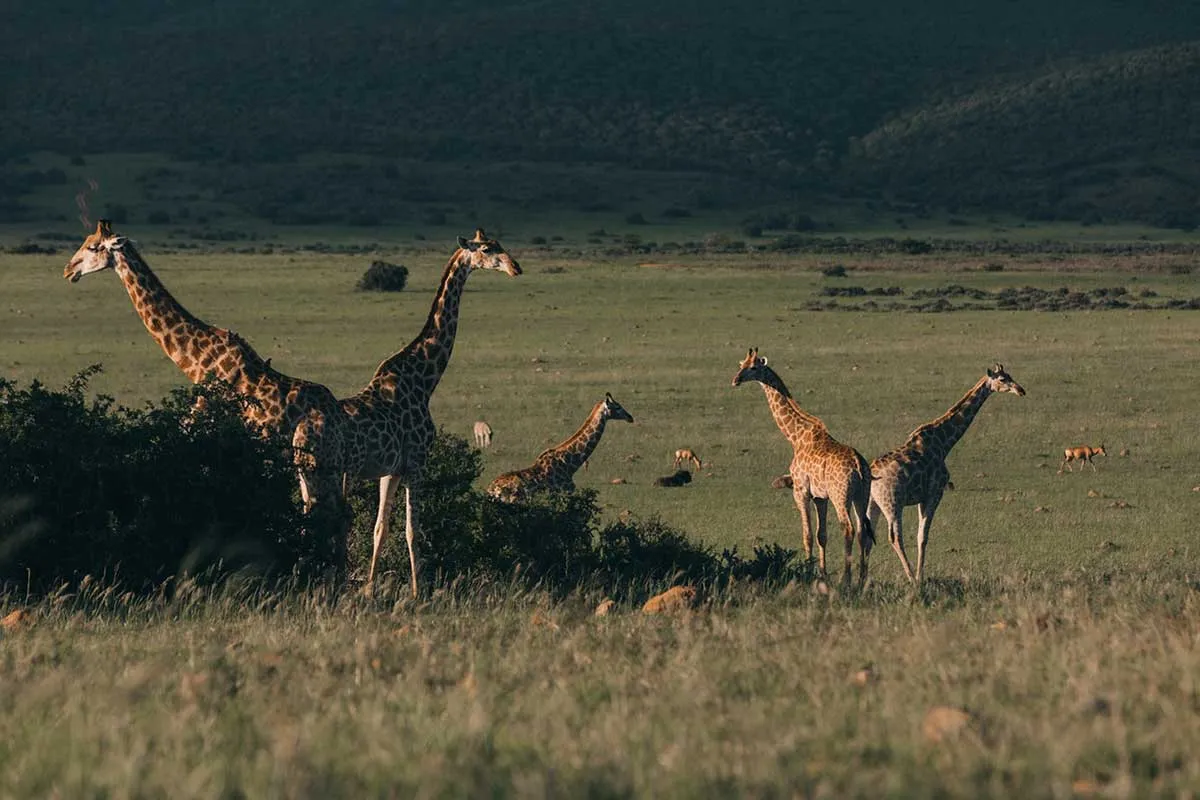
Inspirational
Aquatic environments have been employed by many as a muse for their artwork, music, architecture, traditions. Marine environments are spiritually significant since lots of individuals recognize them as a means to start afresh and change their outlook on life.
Many furthermore deem the water as a part of their nature, particularly if they have lived near it since they were children: they bind with it loving memories and past experiences.
Recreation and Tourism
Water sports are extremely widespread among coastal residents: snorkeling, surfing, whale watching, fishing, boating, with a lot of vacationers travelling to hotels nearby waterbodies to avail these recreational facilities and relax near the water.
The United Nations Sustainable Development Goal 14 has goals targeted at improving the use of ecosystem services for sustainable tourism specifically in Small Island Developing States.
Science and Education
A great deal can be studied from marine processes, environments and organisms – that could be applied into our daily deeds and into the technical field.
Though a lot is yet to be learned about the oceans: by the astonishing complexity and intricacy of the marine environment and how it is affected by time lags, huge spatial scales, and aggregate effects.
Supporting Services
Nutrient cycling, biologically facilitated habitats for relevant species, and primary production of atmospheric elements like oxygen for example are already the aforementioned conveniences that ecosystem services provide.
Same is the case of supporting services of estuarine and coastal ecosystem services.
To conclude, the services ecosystems provide are irreplaceable which is why it is extremely essential that we do not cause disruptions to ecosystems or exploit them for they are the reason we have air to breathe, food to eat and water to drin
